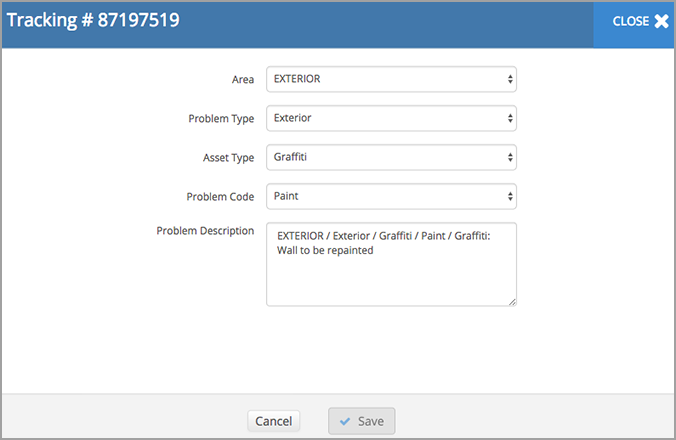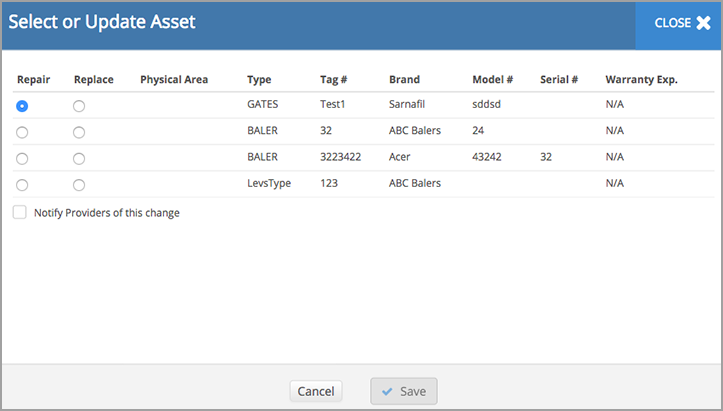/
Editing Problem Details and Description
Editing Problem Details and Description
, multiple selections available,
Related content
Editing a Work Order from the Work Order Details View
Editing a Work Order from the Work Order Details View
Read with this
Viewing Work Order Activity
Viewing Work Order Activity
Read with this
Adding Notes and Attachments from the Details View
Adding Notes and Attachments from the Details View
Read with this
Viewing Work Orders from the List View
Viewing Work Orders from the List View
Read with this
Downloading the Accrual Report
Downloading the Accrual Report
Read with this
Taking Batch Actions on Work Orders from the List View
Taking Batch Actions on Work Orders from the List View
Read with this

